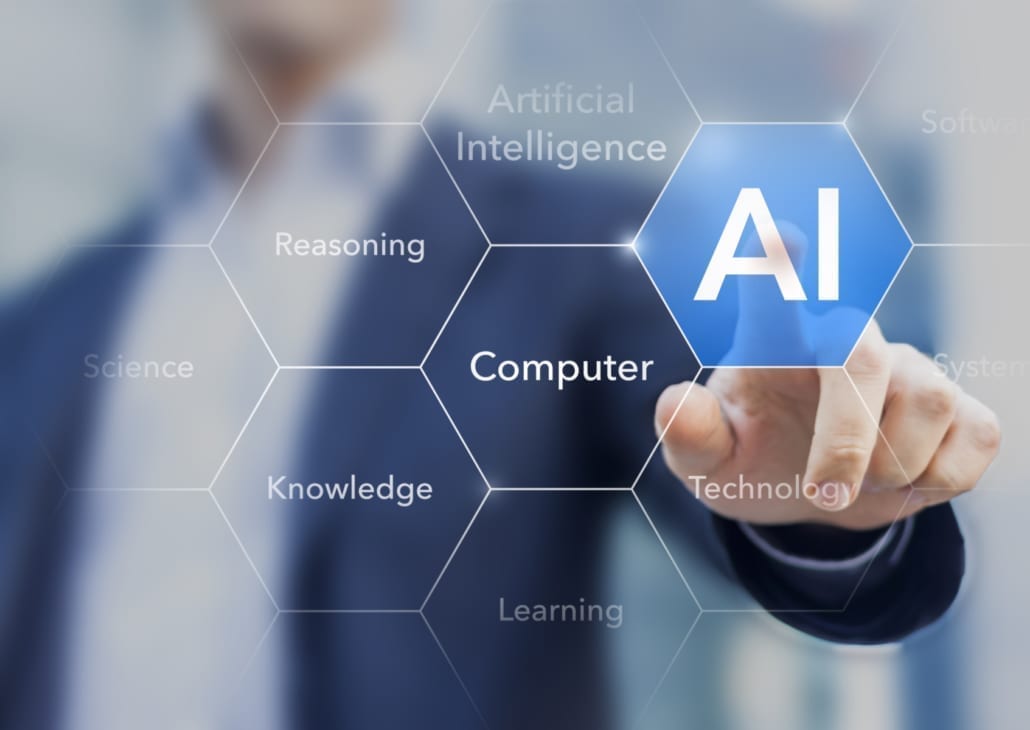The Why, What and How of AI Automation

At Simplifai, we offer products that can solve several problems through AI automation in a great variety of work processes. When meeting a potential client, we make sure to ask, “what do you want to achieve?” before suggesting the tools. In this article, our Co-founder and COO Erik Leung present his insights which are the foundation of our company’s purpose, stating the importance of “why” while implementing new technology.
When I look back on our journey to secure funding, one of the most interesting encounters we had was with a Fund Manager from one of several venture funds we spoke to. Before we even sat down, he said, “If you are going to talk about AI, you can leave. Also, if you are going to talk about machine learning, you can leave as well.”
Interestingly enough, we did talk about AI and machine learning, but the meeting was still fruitful for both parties. The reason was simple – we didn’t speak much on what AI or machine learning actually is. Instead, we talked about what we intend to use it for. We focused on the purpose (the goal of the technology) and the means to reach the goal (the product we build), and not on the method (AI and machine learning).
Marketing hype causes distractions.
One of the biggest distractions in today’s marketing message concerning AI is the excessive focus on AI itself. The focus should instead be on what it can and should be used for. When Simplifai was first founded, we were contacted by decision-makers who were curious about the technology. They wanted to try it out on “something.” What that something was, wasn’t that important as long as it showcased the technology. This, of course, didn’t fly very well as this kind of approach seldom passes the most crucial sanity check: The business case.
Why what and how of AI Automation
When I do product and solution design, I tend to focus on the goal. Why does the customer need the solution? What are they trying to achieve? To make it simple, I label this as the “Why.” Once you have the purpose in mind, the stage is set, and then we can discuss the next point.
Once the goal is defined, we need to define the means to get there. The solution itself is the “What.” So, what will we be making to achieve the goal? Note that there are many different solutions to the same problem, and they are all within the scope of “What.”
Once the “What” is defined, the next step will be to determine the actions and approach, the “How.” How exactly are we going to build the solution? This is where technology and methodology come in. Often we realize that we may not even have to use AI or machine learning to build a solution that would still achieve the goal.
My recommendation to business owners and decision-makers, when acquiring any IT solutions, AI or not, is to focus on the goal and vision. What is equally important is to find a vendor who truly understands this. Once the vendor has understood the goal and vision, the solution will likely be something you truly need. And you will soon realize that the choice of technology will be of less importance than you might think.


